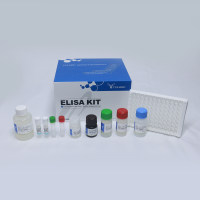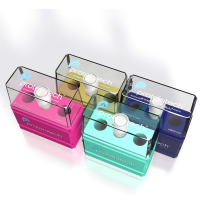Thin slices of brain are commonly used to study regulation of neurotransmission in the central nervous system (CNS). In most of these studies, experiments are performed using brain slices soon after their preparation. Thin brain slices have limited viability: Unless special culture conditions are employed, slices die after 1 d in vitro (DIV) (
see
Chapter 1 ). Longer viability is often desired to permit study of more extended processes, such as long-term modulation of synaptic plasticity, apoptosis, process outgrowth, and development. For this reason, neuroscientists have developed a variety of methods to place brain slices into long-term culture. All of these methods successfully preserve much of the tissue architecture and synaptic connections. Two early methods—using roller tubes (
1
) or Maximov chambers (
2
)—are no longer commonly used since they are technically cumbersome and do not permit optimum access to the slice. Most studies now employ variations of the membrane filter method (
3
). Brain slices are placed on a porous membrane filter that provides a suitable substratum and allows a thin film of media to cover the surface of the slice by capillary action (Fig. 1 ). The membrane inserts are placed into standard tissue culture dishes for long-term culture. The slice remains well-oxygenated without drying out and adequate nutrition is provided through the membrane. Slices from a variety of brain regions have been successfully cultured. This chapter will concentrate on the culturing of hippocampal slices. Culturing of slices from other brain regions requires little modification of this method.
Fig. 1.
Schematic drawing of the culture of brain slices on membrane inserts. The culture medium forms a thin layer on the top and sides of the slice by capillary action.






